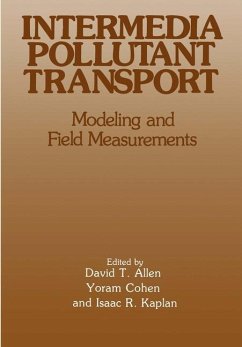The clinical application of stem cells depends on the availability of large number of pluripotent cells that are not restricted by ethical, immunological and technical considerations. Induced Pluripotent Stem cells (iPSCs) have been recently achieved by reprogramming of mouse and human somatic cells by expression of defined transcription factors. Reprogramming of differentiated cells through this technology is a valuable tool to find out the mechanisms of pluripotency and also the potential possibility of producing patient-specific pluripotent stem cells. Despite major improvements in the methods of iPSC generation and expansion, the process still remains inefficient and poorly characterized. This book describes the development of a novel approach for the derivation and expansion of iPSCs. The findings presented in this book show that stirred suspension bioreactors (SSBs) not only suppress differentiation but also provide a novel environment for the expansion and maintenance of iPSCs as well as their efficient derivation.
Bitte wählen Sie Ihr Anliegen aus.
Rechnungen
Retourenschein anfordern
Bestellstatus
Storno








